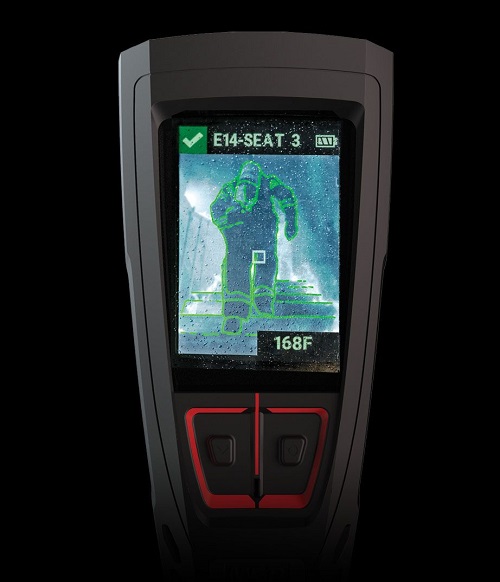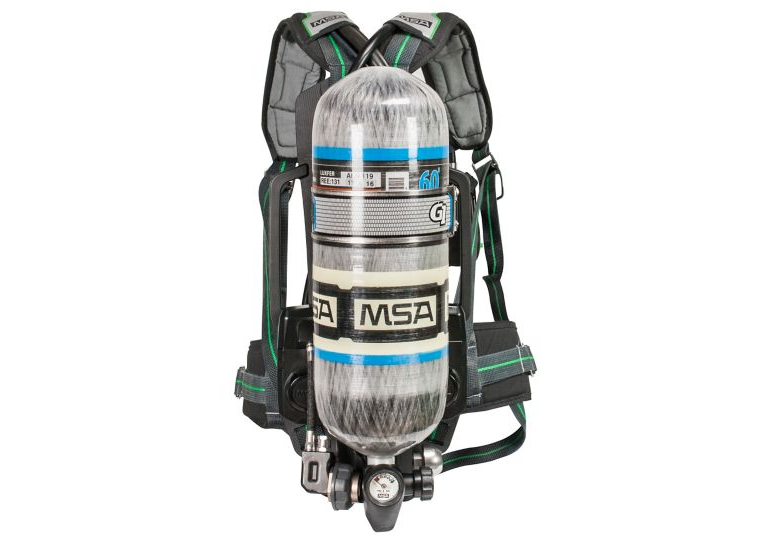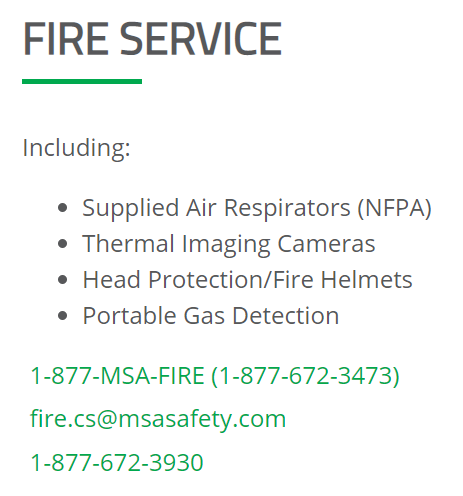By: Robert Avsec, Executive Fire Officer
I’ve had the good fortune of finding a second career as a freelance writer, that even more fortunately, has given me the opportunity to write articles about my first love, the fire service in the United States.
In that vein, I’ve been able to learn about new products, equipment, fire apparatus, PPE, and a host of other topics germane to the fire service. Particularly, how computing technology continues to have more widespread applications across the many aspects of fire and EMS service delivery.

But a question that stays stuck in my brain is “What impact is all this technology having on actual fire service delivery?” And it’s that question that motivated me to write this piece today.
INFORMATION
Because of the Internet, we have access to more information than ever before. But how well are we using that information to make our daily operations safer, more effective, and more efficient? It seems that too frequently we are “drowning in information but starving for insights.”
Most of my articles are written for online fire service trade journals like FireRescue1.com. And every time I submit one of my articles to my editor, I wonder “How many firefighters and officers will read this piece?” More importantly, what influence, if any, will it have on how they do their job or take care of themselves?
And I’m sure, as an author, that I’m not alone in feeling that way. Because when I read other articles written by my fire service colleagues, I ask myself those same questions.
HOW TECH SAVVY ARE YOU?

In posing that question, in the title of this piece as well as here, I’m speaking in a very global context. Because in my mind being tech savvy covers more than just knowing how to use technology tools (e.g., thermal imaging cameras, notebook and tablet computers).
It means having the knowledge, skills, and abilities to use all the device’s, features and capabilities; knowing which tool is best for the task at hand; and knowing how to troubleshoot a problem so that a tool is not needlessly removed from service. Or recognizing the problem warrants removal from service for repairs or replacement.
BECOME PART OF THE SOLUTION
My work has also given me opportunities to talk with the developers of software solutions, especially those who are releasing a new product or rolling out the next generation of an existing product.
In many of these conversations, I learn that the idea for the product came from firefighters or a firefighter had the idea and is the developer. I’ve also learned that many of the newer tools and equipment, and the technology behind them, has come from other disciplines. (e.g., the military or industry).
Now, it may seem obvious to most firefighters that a product marketed to the fire service would have firefighter input and testing during its development. But that is not always the case.

And there’s nothing that says firefighters can’t provide feedback to a product’s developer after they’ve had the opportunity to put it “through its paces” under real-world conditions. So here are some suggestions for you on how you can become more tech savvy and help developers improve their product where applicable.
Read the owner’s manual. Don’t have it? Get it. Most manufacturers have the owner’s manual for their product available for download on their website. Add it to your station’s library. And read it, because those manufacturers put a good deal of effort into their product manuals because they want the customer to be happy!
Provide feedback. When you encounter a problem or issue with a piece of technology, contact your local vendor who sold your department the equipment. Or use the CONTACT INFO on the manufacturer’s website to tell them about what you’ve encountered. They can’t fix what they don’t know about (And that includes making the necessary edits to the owner’s manual).
Get to know the equipment. Reading the owner’s manual is just Step #1. Get accustomed to everything the equipment can do before you must use it on an emergency. As one of my mentors often said:
“Trying anything for the first time under emergency conditions usually results in nothing less than exciting results.”
Deputy Chief (Ret.) Jim Graham, Chesterfield (Va.) Fire and EMS Department
 Fire & EMS Leader Pro The job of old firefighters is to teach young firefighters how to become old firefighters!
Fire & EMS Leader Pro The job of old firefighters is to teach young firefighters how to become old firefighters!
